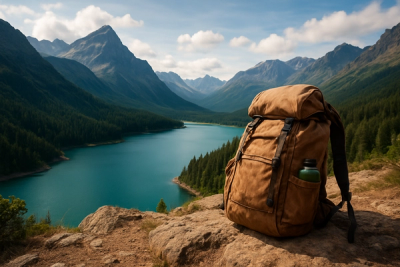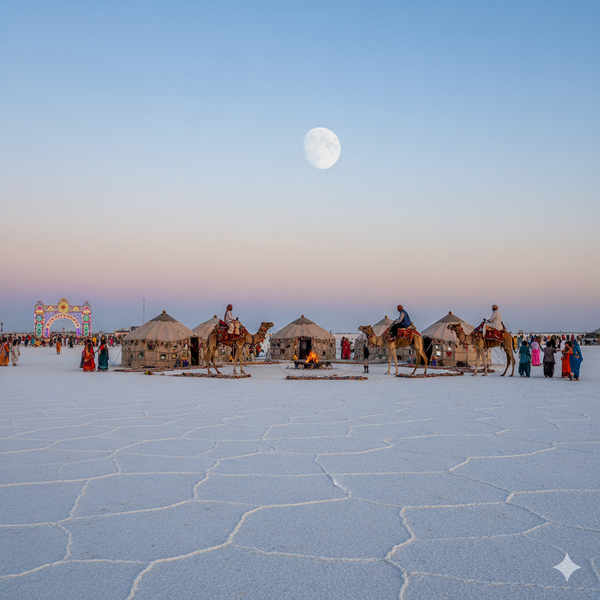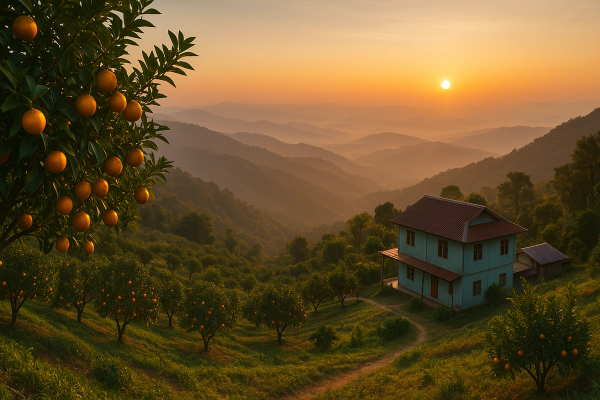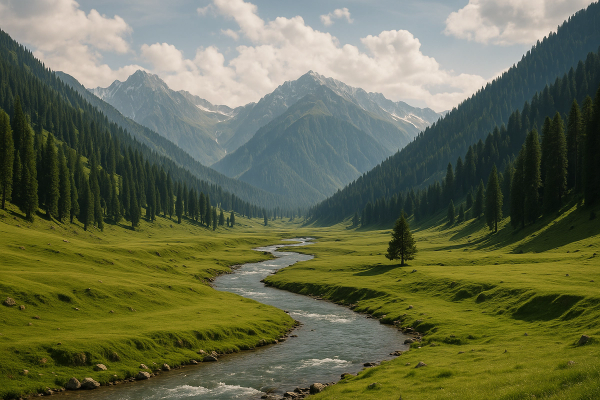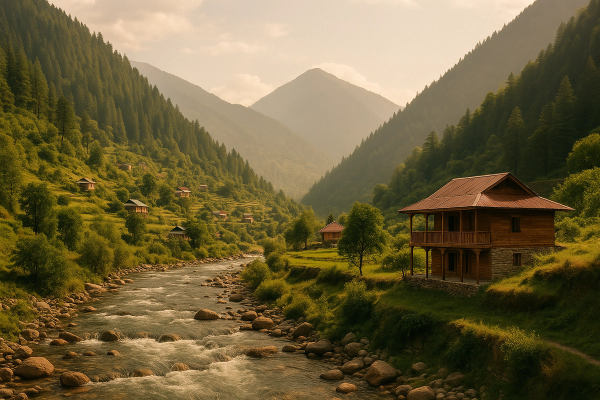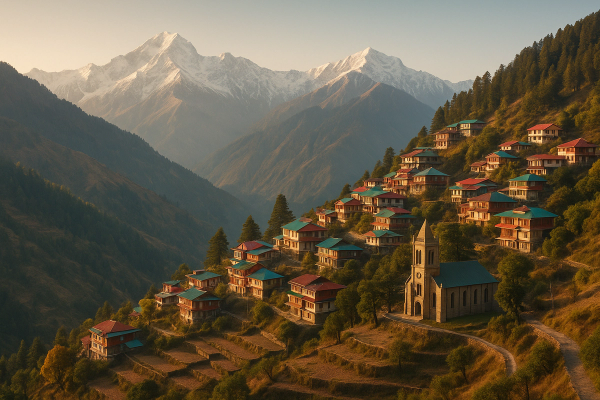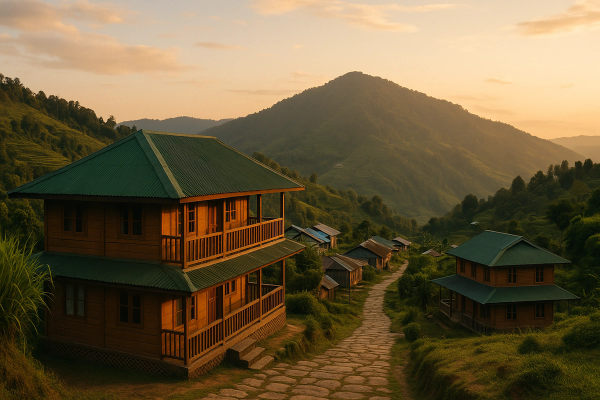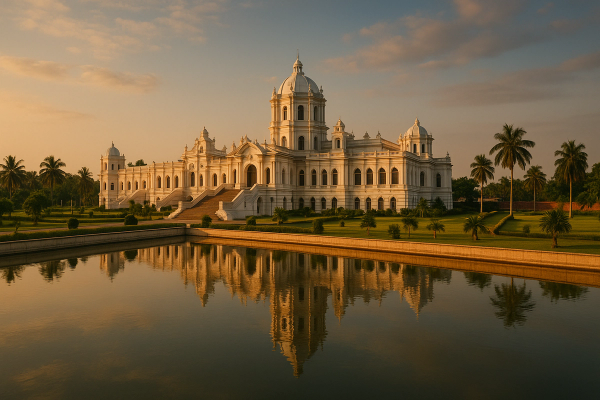Sustainable Travel in Asia: Pack Light, Stay Local, Go Green (and kinda messy) — My 2025 trip story#
So I did a slow-ish loop around Asia from late 2024 into spring 2025, backpack half-broken, heart totally full. I wasn’t trying to be perfect-green or whatever — just, you know, less wastey, more local, more present. Asia’s where you really feel sustainability matters: islands with too much plastic after one big storm, cities figuring out crowds, mountain towns praying the smoke season won’t be as bad this year. I messed up plenty, learned a lot, and honestly had the best noodles of my life in Hanoi — twice.¶
Pack light: like… lighter than you think#
I used to be a 20kg suitcase person. Not anymore. In Manila I hauled that thing up 3 flights cause the elevator was “on vacation” (their words not mine). I switched to a 35L pack and wow — trains, ferries, budget airlines gate checks — everything was easier. Asia’s humid, you’ll sweat, you’ll do laundry. I found a little family-run laundrette in Chiang Mai that charged 40 THB/kg and used soap that didn’t smell like a chemical lab exploded. They air-dry, which takes longer but uses like, zero energy compared to dryers. Worth it.¶
- 2 shirts, 2 shorts, 1 long pants, 1 light sweater. That’s it. Okay fine, plus a sarong.
- Refillable bottle + collapsible cup. Tap is safe in Japan/Taiwan/Singapore; elsewhere I used refill stations (Bali’s RefillMyBottle map still works in 2025).
- Filter: Sawyer Mini handled most places. Boiled water in homestays when unsure, simple fix.
- Tiny first-aid kit + re-usable cutlery. You won’t use it everyday, then one night market you’ll be like… oh right, that’s why.
Stay local: homestays, guesthouses, and those neighborhood breakfasts#
My best nights weren’t the fancy hotels. In Hoi An I stayed in a homestay with a front garden full of morning glories, $18 USD for a fan room (March 2025), and the auntie downstairs taught me how to order vegetarian cau lau without fish sauce… mostly. In Kyoto (crowded, still gorgeous), I booked a machiya-style guesthouse near Gojo for about 8,500–11,000 JPY a night — the owner quietly reminds guests about the city’s accommodation tax and asks (& means it) to keep night noise low cause neighbors, you know, live there. That small social contract felt right.¶
Rails, buses, and the joy of not flying every 3 days#
Going lower-carbon in Asia = trains, buses, ferries and longer stays. The Laos–China Railway is still a wild (good) ride in 2025: I hopped Vientiane to Luang Prabang in about 2 hours, comfy seats, less chaos than buses. Japan’s Shinkansen is still magical even after the 2023 JR Pass price hike; in 2025 I skipped the national pass and used regional ones (JR East/West) depending where I actually went. India’s expanding Vande Bharat routes gave me a clean fast day-trip feel (book early, it’s popular). Night buses in Thailand? Decent. But if you’re tall, bring a neck pillow or your spine will write you a formal complaint. Bonus: emissions way lower than hop-on-hop-off flying.¶
Go green without being a saint#
I tried the “80% plant-based” thing and it worked well. Ubud warungs have great tempeh bowls; Singapore hawker centres still have mind-blowing vegetarian options under SGD 8; Taipei’s night markets made me a stinky tofu believer (don’t judge). I refilled my bottle constantly and said no to straws unless paper or metal. Also: watch your AC use. Lots of guesthouses remind you, but it’s common to crank it and then leave windows open… don’t do that. I kept showers short in drought-prone spots and carried my trash out of beaches even if nobody else did that day. Some days I failed. Try again.¶
The smallest green thing — like taking the slower train or skipping a scooter ride — compounds when a whole bunch of us do it. Also you see more! You feel the miles.
2025 visa-stuff and forms (the boring but necessary bits)#
Please check your passport/ nationality specifics, but this is what hit me traveling Jan–Apr 2025: Bali’s tourist levy (IDR 150,000) is still in effect — pay it online or at the airport, quick and painless. Vietnam’s eVisa remains a game changer since 2023: 90-day, multiple-entry for many nationalities, I reapplied online and got mine in 3 days. Japan’s Visit Japan Web portal is still the fastest way to handle immigration/customs forms — I filled it on my phone on the Narita Express. Malaysia has the MDAC (Malaysia Digital Arrival Card) pre-arrival form that’s active; took me like 5 minutes. Philippines uses the eTravel portal now — I submitted mine the night before flying out of Taipei, easy. Sri Lanka’s ETA is online as always. Things change, so double-check official sites 2 weeks before you go, and again the week-of.¶
Safety, seasons, and the stuff I wish I’d knew sooner (2025 edition)#
Monsoons still monsoon. Philippines typhoon season can rip July–Oct; I planned island trips in shoulder months and watched PAGASA updates obsessively. Northern Thailand’s haze/PM2.5 usually peaks Feb–April — in 2025 Chiang Mai had a few rough weeks; I picked early morning hikes and used a KN95 on bad-air days. Japan earthquakes aren’t “news” but are real; know your hotel’s evacuation route and don’t panic. Heat waves across South Asia got worse — carry electrolytes and start early. As for political safety: Myanmar remains volatile; friends changed plans to skip it entirely in 2025 based on advisories. I kept my travel medical insurance current (please do this) and registered my trip with my country’s embassy.¶
Where I stayed, what I paid (rough but real)#
Chiang Mai: 350–500 THB for a clean hostel bed, 900–1,400 THB for a private fan room (book early for Feb–Mar). Tokyo: capsule hotels 3,500–6,000 JPY, business hotels 8,000–15,000 JPY (weekday vs weekend still matters). Ubud/Bali: local guesthouses 250k–400k IDR, eco-lodges are pricier (think 900k+ IDR) but some run solar and greywater systems, which — yes, paid extra, felt worth it. Taipei: hostels NT$450–800, boutique guesthouses NT$1,600–2,800. Availability during holidays in 2025 was tight again; book sakura season in Japan months ahead if you can, and Lunar New Year… just don’t leave it last-minute unless you like sleeping in bus stations (been there, not fun).¶
Green-ish eats and accidental food joy#
Me and him went wandering one night in Hanoi, zero plan, and found this family noodle shop with a pot older than my parents. Broth was light, herby, no plastic tableware. In Bangkok I stumbled into a small zero-waste cafe pushing local beans and oat milk — owner composts grounds for a neighbor’s rooftop garden. Singapore’s hawker culture is still cheap, legendary, and honestly more sustainable than fancy restaurants cause volume and efficiency. In Bali, I loved warungs that let me bring my own container for “nasi campur” — no extra plastic, just smiles. Carry a tiffin or foldable bowl, you will use it a lot.¶
- Ask for no plastic spoon/straw before they hand it over; do it politely and people are usually cool.
- Eat what’s seasonal and local — mangoes in Thailand in March? That’s just… right.
- If a place says they’re zero-waste but everything’s single-use, just… vote with your feet.
Mistakes I made (learn from me, I beg)#
I booked an overnight bus in Vietnam during a holiday week without checking — got the last bad seat by the toilet and hated life for 9 hours. I thought “free Wi-Fi everywhere!” and didn’t buy a local SIM in Kyoto; turns out I needed data to navigate small streets and I wasted time. I rented a scooter in Bali on a busy day after rain — slick roads and my reflexes aren’t what they used to be. Not saying don’t rent, just do the honest skill check and wear a helmet even if you feel silly. Also, I bought a bamboo toothbrush in a tourist shop that shed bristles… cute idea, bad execution.¶
Destinations snapshot from my 2025 loop#
Kyoto’s still pushing tourist etiquette (don’t crowd geiko/maiko, keep voices down in residential alleys). Boracay’s rules around beach cleanliness and building setbacks remain serious since the big reset years ago — it’s cleaner, but we travelers gotta keep it that way. Hoi An’s plastic reduction efforts show up here and there, and cycling around the rice fields felt like peak slow travel. Taipei’s MRT is one of the cleanest systems; litter feels like a crime (it isn’t, but it should be). Northern Thailand’s hiking is wonderful but haze season really matters, pick November–January if you can.¶
Planes happen — here’s how I handled my emissions#
I can’t pretend I didn’t fly. Sometimes the geography says nope. So I did non-stop flights when possible (lower emissions than connections) and bought into airline sustainable aviation fuel (SAF) programs when offered — Singapore Airlines and Cathay have options, generally optional fees that support SAF uptake. Is it perfect? No. But it’s a signal. I set a personal carbon budget for the year and refused a couple short-haul flights when a rail option existed, even if it took longer. Strange truth: extra hours on a train become good hours if you lean into them — read, nap, stare out windows, live a little.¶
Little local wins that felt big#
I carried Thai and Vietnamese phrases for “no plastic bag please” and watched vendors smile or tease me for being stubborn. I tipped in cash directly to housekeeping staff. Used refill shampoo bars instead of tiny hotel bottles. Shopped small: pottery in Hoi An from the maker not the market middleman (nothing against markets, but direct felt better). Joined a beach clean in Bohol. Donated to a local reforestation group in North Luzon rather than some random global thing. My friend says these are tiny. Maybe. But tiny adds up.¶
Would I go back? Um, yes. Yesterday preferably#
Asia changes fast, and slow at the same time. In 2025, slow travel’s not a trend, it’s a sanity choice. I want more time in Taiwan’s mountains, a whole week in Luang Prabang doing almost nothing, and a food mission back to Hanoi just cause. I’d redo Bali but stay longer in a village and skip Canggu’s traffic, or go in shoulder season to avoid the worst gridlock. And I’d pack even lighter, cause that bag still annoyed me some days.¶
Final travel thoughts (messy but honest)#
Sustainable travel in Asia isn’t about being perfect — it’s about paying attention, respecting the people who live there, and not leaving a mess for someone else to clean up. 2025’s travel scene has more digital forms, some new levies, ever-busier hotspots, and still… countless quiet moments that don’t need a camera. Go green where you can, stay local when you can, and don’t overpack cause you’ll regret it at the first staircase. If you want more stories like this, I sometimes scribble for AllBlogs.in — not fancy, just real trips and real advice. See you out there.¶


